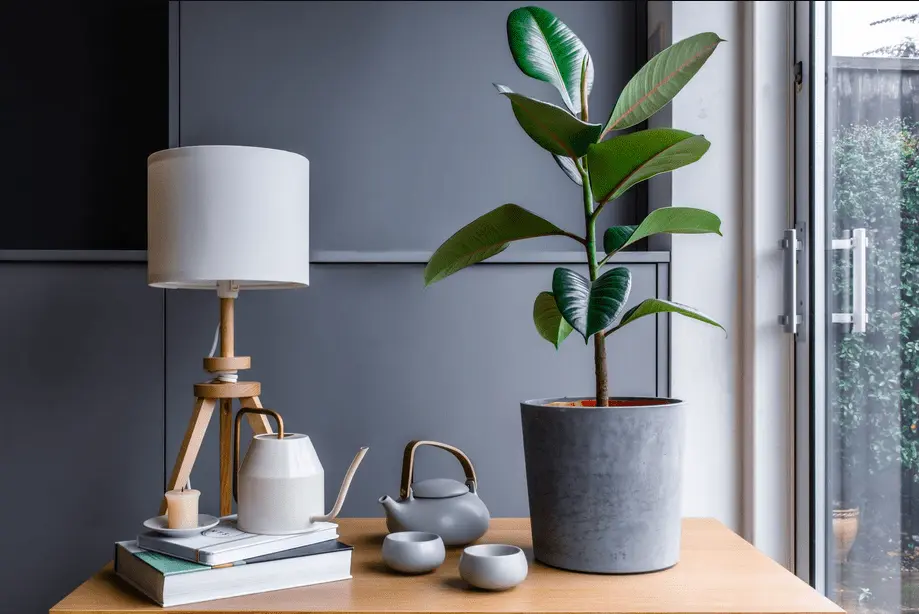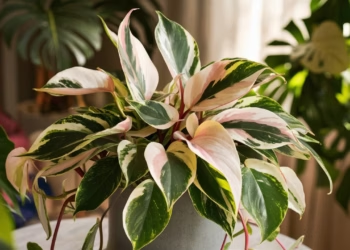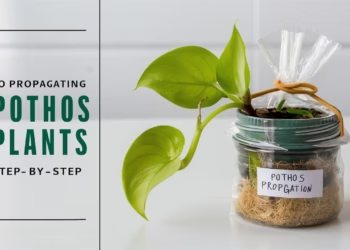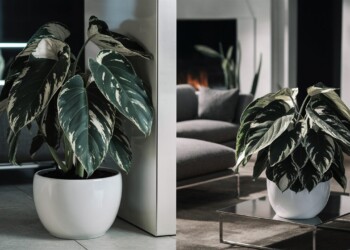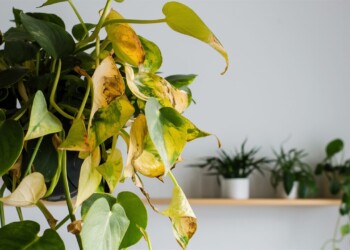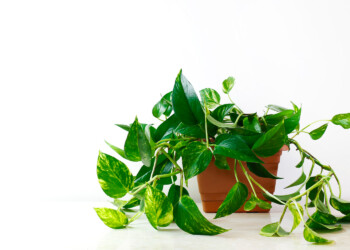Have you noticed your once lush and vibrant rubber plant shedding its leaves like confetti? Don’t fret! Leaf loss in rubber plants can be distressing, but with the right knowledge and care, you can help your green friend regain its former glory. In this guide, we’ll delve into the various reasons why your rubber plant might be losing its leaves and offer effective solutions to nurse it back to health.
Importance of leaves for rubber plants
Leaves play a crucial role in the life of a rubber plant. They are the powerhouse of the plant, responsible for photosynthesis, which converts light energy into chemical energy, essential for the plant’s growth and survival.
Signs of Trouble
Recognizing leaf loss The first sign of trouble with your rubber plant is often the dropping of leaves. Whether it’s a gradual shedding or a sudden leaf drop, it’s essential to pay attention to this indicator of distress.
Why it matters Leaf loss not only affects the aesthetic appeal of your rubber plant but also indicates underlying issues that need to be addressed promptly to prevent further damage.
Common Causes of Leaf Loss
Environmental Factors
Temperature fluctuations Rubber plants prefer consistent temperatures between 60°F to 75°F (15°C to 24°C). Sudden temperature drops or drafts can stress the plant, leading to leaf drop.
Humidity levels These plants thrive in moderately humid environments. Low humidity levels, common in heated indoor spaces, can cause leaf desiccation and subsequent shedding.
Watering Issues
Overwatering One of the most common mistakes is overwatering, which can lead to root rot and subsequent leaf loss. Ensure proper drainage and allow the soil to dry out slightly between watering sessions.
Underwatering On the flip side, underwatering can also cause leaf drop. Rubber plants prefer slightly moist soil, so make sure to water them regularly but avoid waterlogging.
Fertilization Prudence
Overzealous fertilization is a common pitfall among rubber plant owners, inadvertently leading to nutrient imbalances and subsequent leaf shedding.
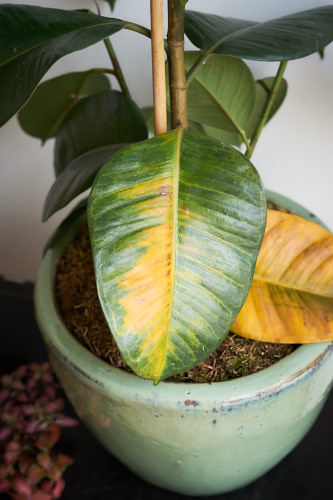
Lighting Problems
Too much light While rubber plants enjoy bright, indirect light, prolonged exposure to direct sunlight can scorch their leaves, causing them to drop.
Not enough light Insufficient light can also trigger leaf loss. If your rubber plant is placed in a dimly lit corner, it may start shedding leaves as it struggles to photosynthesize effectively.
Pest Infestation
Common pests attacking rubber plants Spider mites, mealybugs, and scale insects are common pests that can infest rubber plants, sucking sap from leaves and causing them to wither and fall off.
Disease
Fungal infections Fungal diseases like powdery mildew and leaf spot can affect rubber plants, leading to yellowing and eventual dropping of leaves if left untreated.
Bacterial diseases Bacterial infections, though less common, can also cause leaf loss in rubber plants. Symptoms include black spots or rotting areas on leaves.
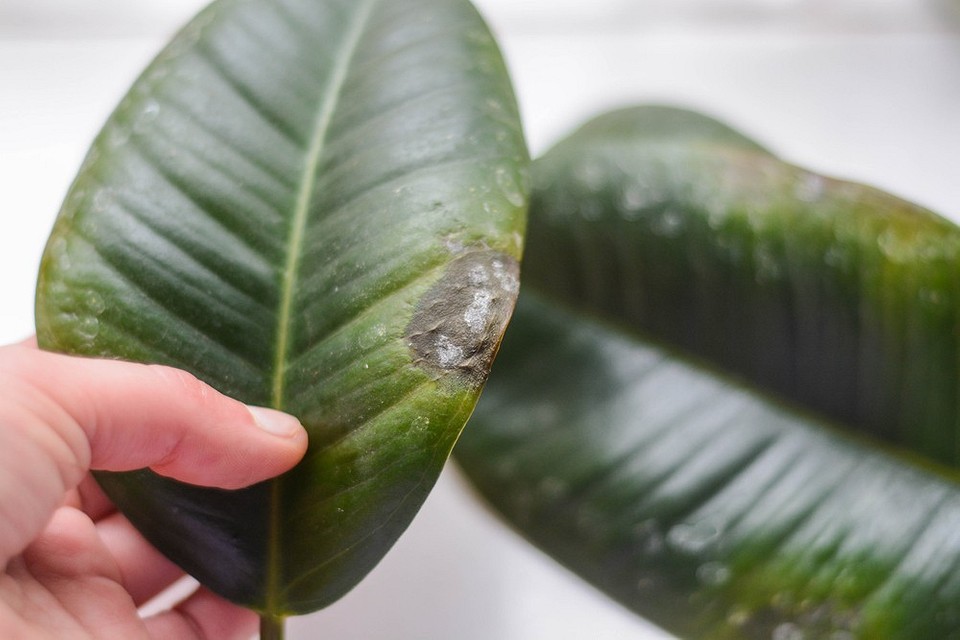
How to Diagnose the Problem
Observation Careful observation of your rubber plant can provide valuable insights into the underlying issue. Take note of any changes in leaf color, texture, or overall plant appearance.
Leaf inspection Examine the fallen leaves for signs of pests, disease, or environmental stressors. This can help pinpoint the cause of leaf loss and guide your treatment approach.
Solutions and Fixes
Adjusting environmental conditions Maintain consistent temperature and humidity levels to create an optimal growing environment for your rubber plant. Consider using a humidifier or pebble tray to increase humidity levels indoors.
Proper watering techniques Water your rubber plant thoroughly, allowing excess water to drain away. Avoid letting the plant sit in standing water, as this can lead to root rot. Stick to a regular watering schedule, adjusting as needed based on environmental conditions.
Optimal Fertilization Practices: Adopting a restrained approach to fertilization, adhering to recommended guidelines, and refraining from excessive feeding can safeguard against nutrient-related leaf loss.
Providing adequate lighting Place your rubber plant in a location with bright, indirect sunlight. If natural light is insufficient, consider supplementing with artificial grow lights to ensure adequate photosynthesis.
Pest control methods Treat pest infestations promptly using natural or chemical insecticides, following the manufacturer’s instructions carefully. Regularly inspect your plant for signs of pests and take preventive measures to avoid future infestations.
Disease management strategies If your rubber plant is affected by fungal or bacterial diseases, remove affected leaves promptly and treat the plant with fungicides or bactericides as recommended. Improve air circulation around the plant to reduce the risk of fungal infections.
Preventive Measures
Maintaining optimal conditions Regularly monitor temperature, humidity, and light levels to ensure they remain within the preferred range for rubber plants. Avoid sudden changes in environmental conditions that can stress the plant.
Regular inspections Inspect your rubber plant regularly for signs of pest infestations, disease, or nutrient deficiencies. Early detection allows for timely intervention and prevents issues from escalating.
Proper plant care routine Follow a consistent care routine for your rubber plant, including watering, fertilizing, and pruning as needed. Provide adequate support, such as stakes or trellises, for larger plants to prevent leaf damage.

In conclusion, leaf loss in rubber plants can be alarming, but it’s often a symptom of underlying issues that can be addressed with proper care and attention. By understanding the common causes of leaf loss and implementing effective solutions, you can help your rubber plant thrive and maintain its lush green foliage.
FAQs
Why does my rubber plant keep losing leaves?
Rubber plants commonly lose leaves due to various factors:
- Low Light or Light Change: Insufficient light or sudden changes in lighting conditions can cause leaf drop .
- Overwatering or Underwatering: Incorrect watering practices, such as overwatering leading to root rot or underwatering causing dehydration, can result in leaf loss.
- Pests: Infestations by pests like spider mites or mealybugs can damage leaves and cause them to fall off.
- Drafts and Dryness: Exposure to drafts or excessively dry air can stress the plant, leading to leaf drop .
Can I save a rubber plant with no leaves?
Yes, you can save a rubber plant with no leaves. Place it in front of a large window to ensure it receives adequate light, and follow proper watering and care practices. With time and proper care, new leaves may grow back.
Do rubber plant leaves grow back?
Yes, rubber plant leaves can grow back under favorable conditions. Providing the plant with sufficient light, proper watering, and suitable environmental conditions can encourage new leaf growth .
What does an overwatered rubber plant look like?
Signs of overwatering in a rubber plant include:
- Yellowing or browning of leaves
- Soft, mushy stems
- Wilting or drooping leaves
- Foul odor from the soil, indicating root rot
- Soil that remains excessively wet for prolonged periods
